Cooking basics: soup!
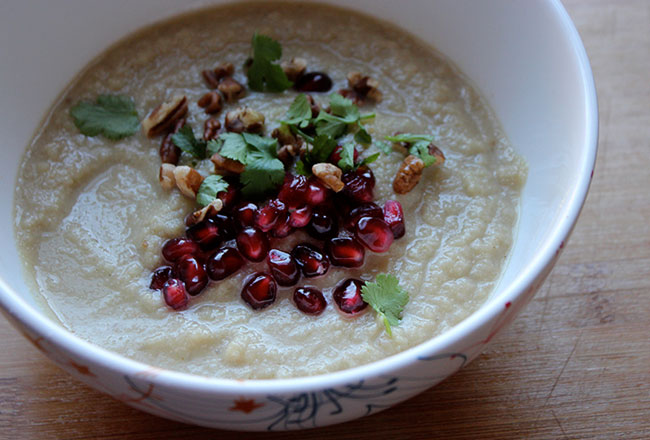
I must be a perpetual infant because I LOVE SOUPS. I’m a pureed soup aficionado; the monotony of eating the same-flavored, same-textured bite over and over and over is appealing if the soup is good. Not only are soups incredibly delicious, they’re like a food-hug. They’re the way to make something glorious out of nothing and use up your sad, lonely, dying vegetables that you’re about to throw away. Don’t.
The problem with gross soups is not the ingredients themselves, it’s how much time you spend at each step of soup-making and gently coaxing flavors out of each layer. If you do the steps below, I promise you will have gold. You’ll also have your soul and heart warmed.
Soups can be as simple as one ingredient with broth and salt, or a bunch of ingredients with spices and a medley of vegetables. It just depends on what it always depends on: what you have, how much time/effort you’re willing to spend, and what you’re in the mood for. Below I’ve outlined a few steps for REALLY basic soups.
SOUP BASICS
1. Start with your base. Think of the base like the foreplay for the soup. It cannot be rushed and this is not the time to be hasty. The base of the soup will be the indicator of how the soup will taste once it’s done. You’ll want to heat up about 2 tablespoons of high-heat fat over medium heat in a dutch oven or soup-pot, then saute the aromatic vegetables for AT LEAST fifteen minutes. Yes, this seems like a lot of time, but it’s just the way it is. In Italian and Latin cooking, this base is called soffrito. In French cooking, it’s mire-poix, the holy trinity of carrots/onions/celery.
What aromatic vegetables are we talking here? You definitely want to have some onion in there, so use any from the allium family such as leeks, onions, shallots, scallions, spring onions, etc. Consider adding carrots, celery, and peppers as well. Usually one onion and one other aromatic is a solid starting point, but you’ll be fine with just the onion. Or an entire variety of them. Depends on the soup you’re going for. Make sure you add some salt. Also make sure to smell and close your eyes (just for a little, no burning), this is one of my favorite moments to be fully present in life. Standing above the soup pot, stirring and inhaling the delicious smell of soffrito makes the fifteen minutes worthy and enjoyable.
2. Add further flavorings. Like garlic, ginger, lemongrass, jalapeno, other chiles, spices, sturdy herbs, etc. I usually add about 2 cloves of garlic, 1 tablespoon of ginger, 1 tablespoon of spice or herbs per pound of vegetables. Once your base is nice and bronzed, saute quickly for a minute or two. We don’t add the further flavorings in the beginning because they tend to burn. Salt again.
3. Add the bulk of your soup. This is gonna be the heft of your soup, and I usually add between a pound or two of vegetables. So if you’re making zucchini soup, add chopped zucchini. As much or as little as your want or you have. For carrot soup, add chopped carrots. Butternut squash or sweet potato soup? Add those. For a medley, add a chopped medley. Whatever you have! Guys, I’ve even used lettuce. IT’S ALL GOOD. Salt it and saute for a minute or two.
4. Add enough broth or water to cover all vegetables. Bring to a boil, cover, then lower to a nice simmer. Cook until all the vegetables are cooked through. The time will depend on the vegetable you’re cooking; zucchini usually cooks in fifteen minutes but root vegetables or potatoes take about a half hour. A sharp knife will easily slide through the vegetables once they’re done.
Are you doing a bunch of vegetables that require different cooking times? Add them in batches according to their cooking times. For instance, if you’re doing zucchini and potato, add the potato, then the zucchini. Salt it again.
5. Donezo. Almost. At this point, we’re at the soup fork in the road. We can go a few ways.
Do you want a pureed soup? Let it cool down for a second, and then puree in batches in a blender or go to town with your immersion blender inside of the pot. Puree as much or as little as you want. I like my soups to be uber smooth, so I take my time with this step.
Do you not want a pureed soup? Then don’t puree it. Leave it as is.
In both steps, once the soup is done, taste and add more salt and pepper if you want.
At this point, your soup is delicious. Buuuuttt I wouldn’t be me if I didn’t throw in ways to rev it up just a litttttleeee (or a lot) more.
VARIATIONS
Do you want protein in your soup? There’s a few ways we can tackle this. You can be super easy and add some cooked protein to your soup once it’s done in a variety of forms, either ground, chopped, or shredded. It’s a perfect way to use up your leftovers. If I have a shredded protein, sometimes I’ll crisp it in a pan before I add it, like Cuban vaca frita style, so it adds a nice crunchy texture.
If you’re making something like chicken soup, where you want the protein to cook inside the soup so you get the delicious animal fat flavor or you just want a one-pot ordeal, sear the chicken (skin-on, always) well in the first step, before you add your vegetables. This step takes at least 6-8 minutes per side. Remove the chicken, then proceed with browning your vegetables and aromatics. Add your broth or water, then add the chicken or other protein back in to cook, hopefully with the skin and bones still on it. When the soup is done and the chicken is cooked through, remove it, shred it, then add the protein back in. Chicken is a popular option in this step, but feel free to use cubed pieces of beef or pork as well.
You can poach proteins, too. I think seafood is the best option for poaching because it cooks VERY fast and stays totally tender (if you don’t overcook it). If you want to add seafood to your soup, add it to the broth for about five minutes towards the end of cooking. You can add whole shrimp, lobster, scallops, or nicely-cut (about 2”) pieces of sturdy fish like salmon, halibut, or grouper.
For the record, poached beef/chicken/turkey/pork will work, too, but poached meats freak me out bigtime. This will take longer, close to 15-20 minutes.
Switch up the liquids. Essentially, you can make a soup using only water. If you’re making chicken soup and using water that’s awesome, because you’re making your own broth while making your soup. Get crazy by swapping out some of the broth or water with coconut milk, heavy cream, or fruit juice. Fruit juice (like apple) works especially well for sweet potatoes or squash.
Consider adding a fruit when you saute your base. Like I said above, apple works well for the root vegetables, so you can add a peeled and chopped apple or pear with your onions and other aromatics.
Add fresh herbs at the end. It’s no secret that I am obsessed with fresh herbs. I add them to everything because they brighten up the soup aesthetically and for your taste buds. I love adding chopped fresh dill to chicken soup, and tons of cilantro to coconut based soups. Other good options are parsley, tarragon, and chives.
Roast your vegetables first if you want to. Roasting vegetables will dirty an extra sheet pan, but this really adds a depth of flavor that cannot be obtained by boiling the vegetables. Roast all of your vegetables together until they are super roasty and caramelized. All of them. Even your aromatics and further flavorings (leave your garlic in its casing). Then add them to a pot, cover with broth or water or another liquid, salt, boil for a little, then puree.
This works especially well for tomato soup, where I roast whole tomatoes with onions, whole cloves of garlic, thyme at high heat until it’s all pretty much mush, then add it to the pot with liquid and puree it. Carrot and curry works well in that one also.
What about the size of the vegetables? For both pureed and not pureed soups, you want the vegetables to be pretty uniform. If you’re not pureeing your soup, the size of the vegetables matters more because you want them to be prettier and able to fit onto your spoon. All of the pieces will be seen by everyone who eats it, so just keep that in mind. For pureed soups, they’re obviously being blitzed into a uniform puree so we don’t need to worry about it as much.
Salt. I mentioned it in each step above, but it needs to be emphasized that we must be salting our soups carefully at each step in order to build and layer the flavor. If you assault your soup with tons of salt at the end it won’t be the same. It’ll be fine, but not as good as it could be. The build-up is necessary.
Seasoning with acid. Sometimes you might taste your soup at the end and feel comfortable with the level of salt, but still feel like it needs SOMETHING. Acid is underestimated and underutilized as a seasoning but it’s magic: a squeeze of lemon, a tablespoon or two of vinegar, or even a teaspoon of mustard will usually do the trick.
Finishing the soup. There are lots of ways to finish your soup. For both flavor and texture purposes, I like to add things like toasted nuts or seeds, dried fruit, crunchy fruit like chopped apple or pear, jalapeno rings, raw & cut up versions of what’s in the soup, a drizzle of heavy cream or coconut milk, olives, capers. Cured meats are incredible, too. Crunchy bacon or proscuitto is salty heaven. The toppings are endless, and they are another way of making the soup beautiful.
Chilling soups. Most soups are awesome the next day, chilled. Just another option. Especially thick, creamy soups like vicchysoise or potato-leek soup.
The above will make you an unstoppable soup maker. It all depends on what you have and what you’re in the mood for. Get creative with it. Experiment. Mess up. Then do it again, better. It’s the only way you’ll improve. I make soups of every shape and size, and the possibilities are LIMITLESS. These are some of my favorite combinations and the ones I don’t end up straying from much:
onion + celery + garlic + ginger + coriander + cumin + turmeric + carrot + coconut milk + cilantro
roasted tomatoes, onion, carrot, garlic + curry powder + coconut milk + cilantro
chicken + onion + carrot + celery + potatoes + broth + dill
chicken + onion + carrot + celery + cumin + broth + lime + cilantro
shallot + lemongrass + garlic + cumin + curry + coconut milk + cod + cilantro + raw rings jalapeño
onion + celery + carrot + garlic + tomatoes + curry + coconut milk + shellfish + grouper + cilantro
cauliflower + broth + almond milk
onion + coriander + cumin + cauliflower + coconut milk + toasted pecans + pomegranate seeds
onion + garlic + ginger + curry + zucchini + broth + splash coconut milk
leek + carrot + celery + garlic + ginger + curry + apple juice + broth + apple or pear + butternut squash or sweet potato
leek + carrot + celery + garlic + allspice + cinnamon + nutmeg + ginger + chipotle + sweet potatoes + raw apple & toasted pecans to top
onion + carrot + celery + broth + lettuce + crispy proscuitto + heavy cream
How can we work together?
nutrition
coaching
business
coaching
courses
1:1 & group coaching
with intuitive macros
Get customized nutrition through Ashley's signature nutrition framework, Intuitive Macros. It won't be the first nutrition program you've ever done, but it will certainly be your last.
learn more
1:1 & group coaching
for online business
Being healthy starts with learning to cook simple foods in easy, delicious ways with approachable and practical recipes and techniques.
learn more
COURSES & MASTERCLASSES
Our health begins with properly nourishing our bodies with nutrient-dense foods. I believe in bio-individuality: each person requires different types and amounts of food to feel their best. Learn how to eat intuitively for the rest of your life!
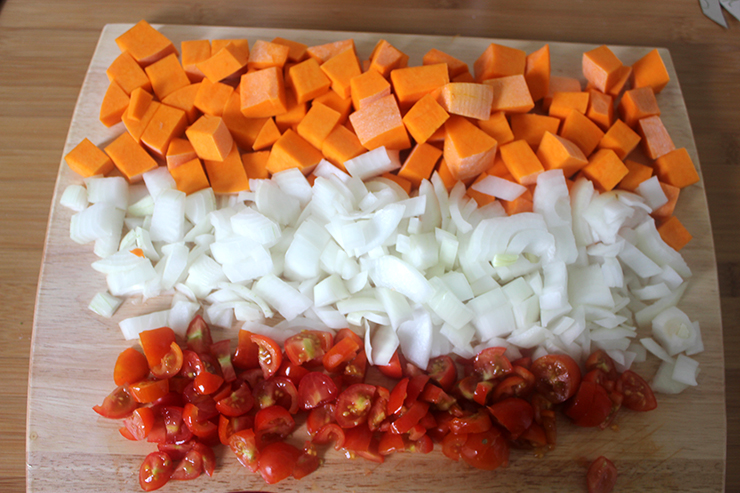
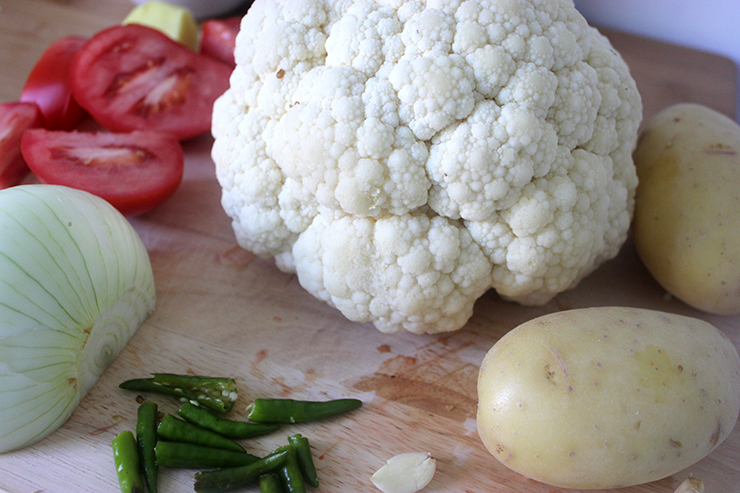
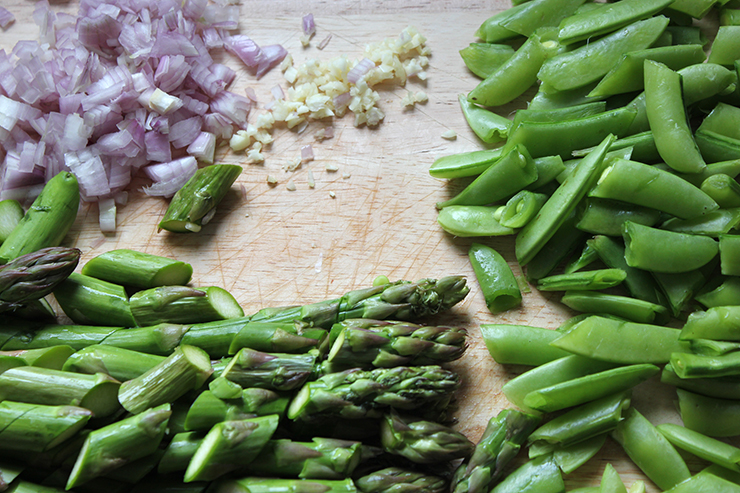
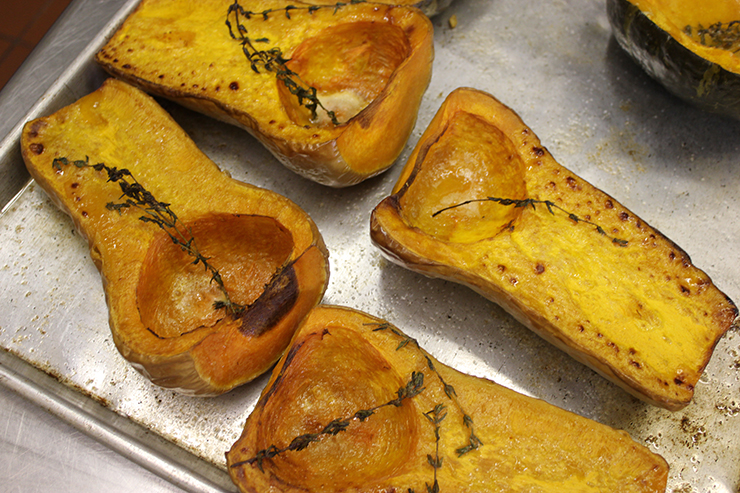
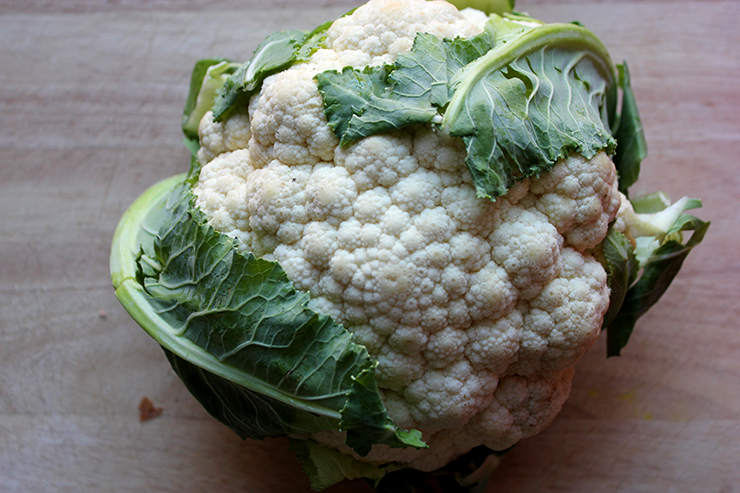
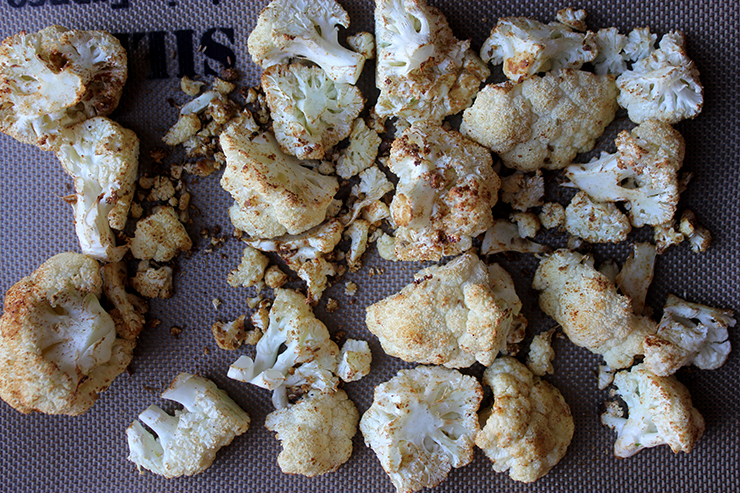
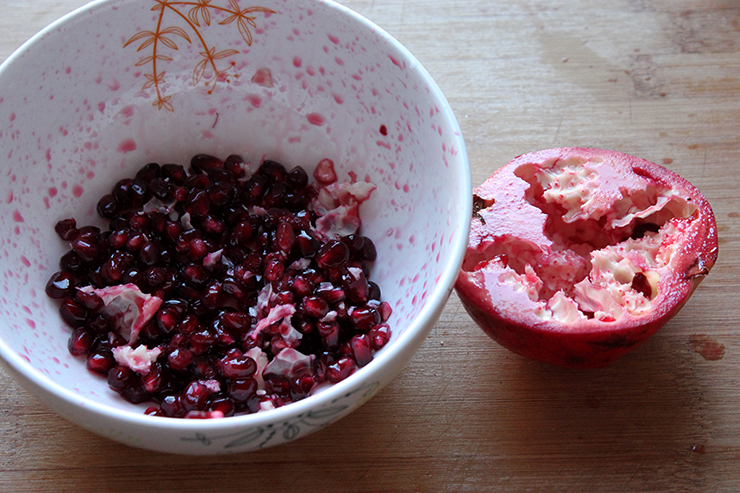
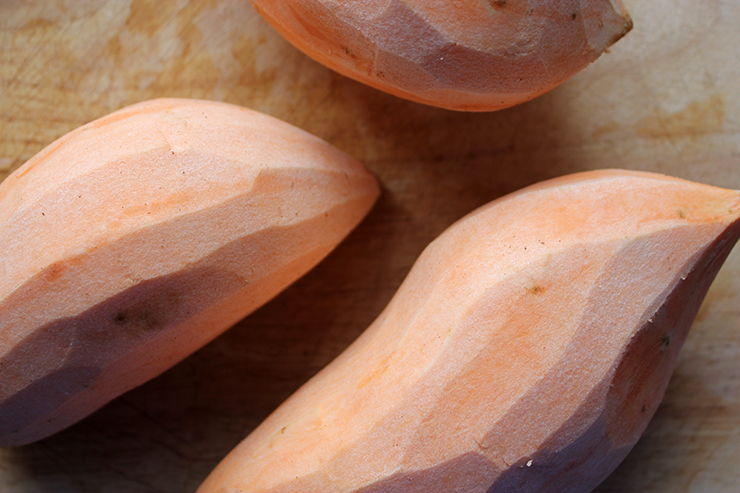
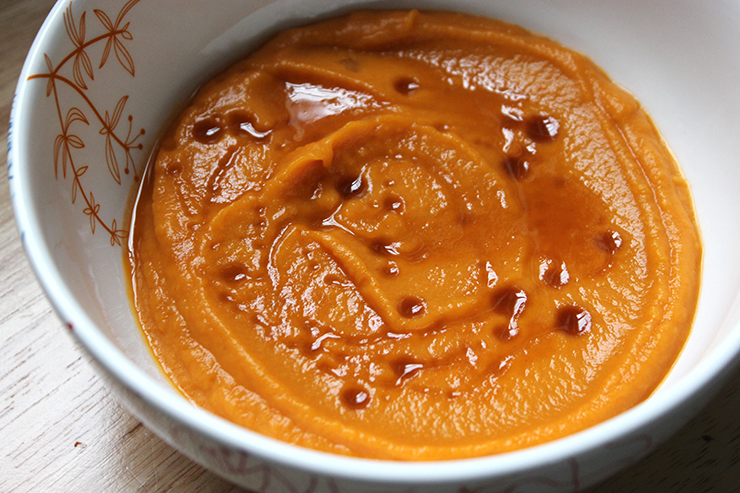
Be the first to leave a comment: